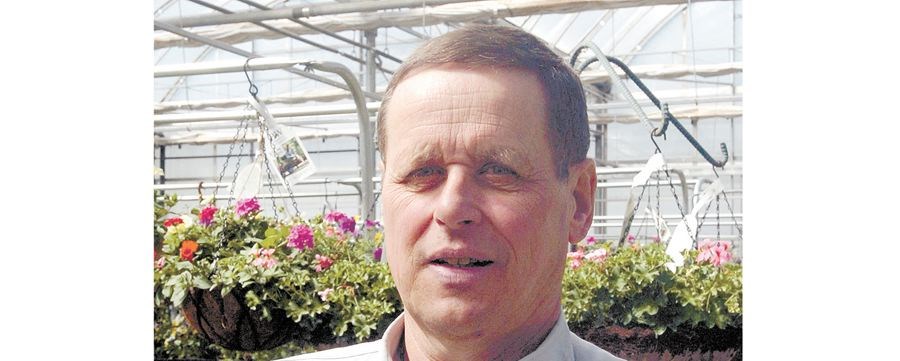Most vegetables that are planted in the garden are annuals, meaning they only live for one season and need to be re-planted every year. There are, however, a few vegetables that are perennials, which come back year after year.
The advantage to growing perennial vegetables is that they are low maintenance. Once planted and established in the correct location they do not require a lot of work. They need to be kept weed-free, fertilized and watered during dry spells, and in return will reward the gardener with years of harvest.
Before planting any perennial, make sure the site is clear of all weeds, that it is well-drained, has fertile soil and lots of sunlight. It is important that the growing site is prepared correctly before planting if you want to grow perennials successfully.
Perennial vegetables can be planted along the outside edges of the vegetable garden so that they won't be disturbed when the garden is being tilled in the spring or later when the annual vegetables are planted. Perennial vegetables can also be incorporated into a decorative landscape as some of them are quite attractive and you can create an edible landscape.
Another advantage to growing perennial vegetables is that they extend the harvest season for vegetables. In the spring when vegetable gardens are being tilled and planted some perennial vegetables are already well on their way and ready to harvest soon.
Perhaps one of the most well-known perennial vegetables is rhubarb. Rhubarb is a cool-season crop and is one of the first vegetables that can be enjoyed in the spring, throughout May, June and early July. It is planted as a crown in early spring or late fall. After it has been planted, wait a year before harvesting, giving the plant time to establish itself, but once it has been established, you will be able to enjoy the stalks for many years to come.
Asparagus is another cool-season crop that can be seen poking out of the soil soon after the frost comes out of the ground in the spring. Asparagus plants can be started as seeds but more often are planted as crowns/plants, available from the garden centre. Plant the crown in a 30-centimetre trench and as it grows through the soil add 2 to 3cm of soil on top and continue to do so until the trench is full. Don't harvest in the first year, and perhaps a couple of spears in the second year. But after the third year you should be able to harvest spears for a few weeks until the weather warms up, which is when you stop. Allow the remaining spears to form fern-like foliage which is necessary for next year's crop.
There are members of the allium family such as chives, Egyptian onions and garlic that come back yearly. Chives are either started from seed or can be bought as plants in the herb section of the garden centre. They grow in clumps, with small bulbs at the base which is how they spread, but if left to flower they will also self-sow. It is the leaves that are used in dishes. Egyptian onions (walking onions, perennial onions) are not always available so when you see them make sure you plant them. Once planted, they self-propagate because the bulb of the onion blooms on top of the onion leaf and as it becomes top-heavy it falls to the ground where it roots to start a new plant. The greens can be used, as well as the onion bulbs growing in the ground but make sure you leave some to grow for next season. Although garlic is treated as an annual as the cloves are dug up each season, if they are left in the ground they will come back the following season. Garlic cloves can be planted in either spring or fall. Planting them in the fall gives them a head start next spring.
Adding perennial vegetables to the garden this spring, will give years of future harvests.



